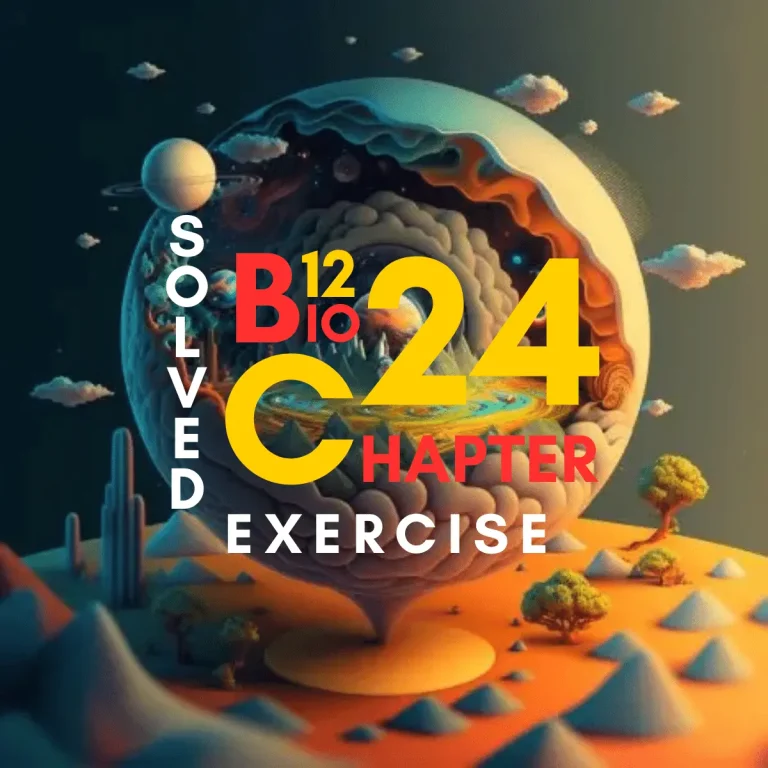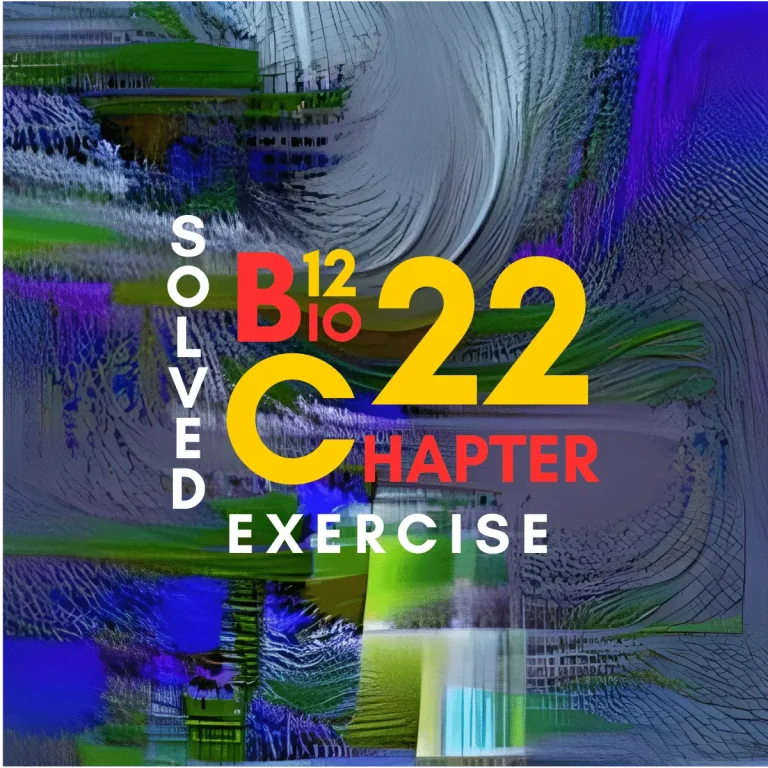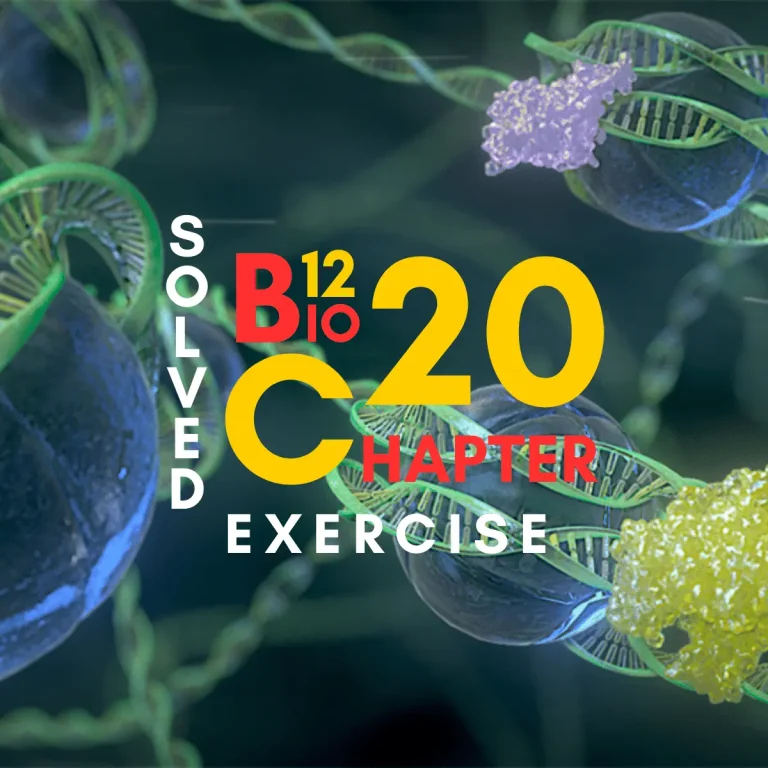Solved Exercise, Bio-12, Ch-27

MAN AND HIS ENVIRONMENT FILL IN THE BLANKS Q.01: Fill in the blanks: (i) The most widely used source of energy on earth is _______. (sun) (ii) When energy changes from one form to another form some _______ is done.…

MAN AND HIS ENVIRONMENT FILL IN THE BLANKS Q.01: Fill in the blanks: (i) The most widely used source of energy on earth is _______. (sun) (ii) When energy changes from one form to another form some _______ is done.…

SOME MAJOR ECOSYSTEMS FILL IN THE BLANKS Q.01: Fill in the blanks: (i) Water is slower to heat and ______ than air. (cool) (ii) The distribution of life in lakes depends on access to ______, and to place for attachment.…

ECOSYSTEM FILL IN THE BLANKS Q.01: Fill in the blanks: (i) A group of similar organisms living together in space and time is called _______. (population) (ii) Organisms which can synthesize their own food are called _______. (producers) (iii) Animals,…

EVOLUTION FILL IN THE BLANKS Q.01: Fill in the blanks: (i) Archaebacteria can tolerate high temperature up to _______. (120oC) (ii) The first eukaryote appeared about _______ years ago. (1.5 billion) (iii) _______ presented the theory of the origin of…

BIOTECHNOLOGY FILL IN THE BLANKS Q.01: Fill in the blanks. (i) The use of polymerase chain reaction (PCR) creates a _______ of copies in a laboratory test tube. (lesser number) (ii) _______ free living organisms in the environment that have…

VARIATION & GENETICS FILL IN THE BLANKS Q.01: Fill in the blanks: (i) ______ is the basic unit of biological information. (gene) (ii) A sudden change in the structure of a gene is called ______. (mutation) (iii) _______ is the…

CELL CYCLE FILL IN THE BLANKS Q.01: Fill in the blanks: (i) Mongolism is also known as _______. (Down’s syndrome) (ii) During _______, homologous chromosomes get close to each other. (leptotene) (iii) _______ phase precedes G2 phase. (S) (i) Polar…

CHROMOSOME & DNA FILL IN THE BLANKS Q.01: Fill in the blanks: (i) Particular tRNA molecules become attached to specific amino acids through the action of activating enzymes called _______. (aminoacyl-tRNA synthetase) (ii) _______ is the transfer of genetic material…

GROWTH & DEVELOPMENT FILL IN THE BLANKS Q.01: Fill in the blanks: (i) The influence of notochordal cells on the ectodermal cells to become nervous system was called _______. (embryonic induction) (ii) _______ is a condition in which individuals have…

REPRODUCTION FILL IN THE BLANKS Q.01: Fill in the blanks: (i) Asexual reproduction requires only a single ______ organism. (parent) (ii) Sexual reproduction usually involves ______ parents. (two) (iii) Phytochromes are the special ______ sensitive pigments. (light) (iv) External fertilization…